Our first stop on the Minneapolis Garden Bloggers Fling was at the Eloise Butler Wildflower Garden and Bird Sanctuary. Coming from California this garden looked incredibly lush and green. Stepping inside the forest the growth felt on the verge of taking over.
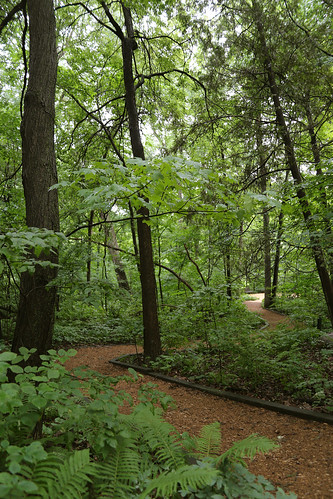
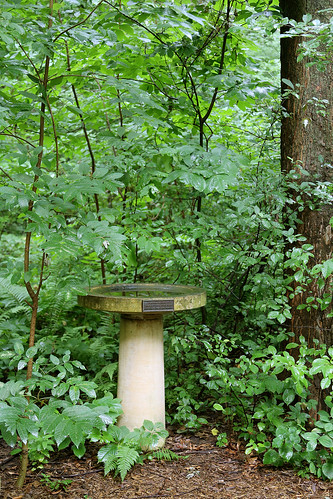
The garden is named for Eloise Butler, an interesting lady (born in 1851) who loved the native flora of the area and assisted in the development and curation of plants at the garden, which was later named for her. Earlier in her career she was a teacher of Botany and had difficulty finding places to teach her students about plants in their native habitats due to the rapid development and growth of the area. This lead to her interest in preserving native plants and their surrounds.
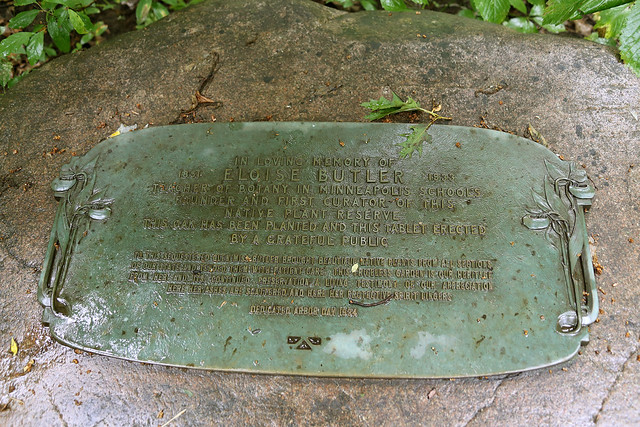
During my trip to Minneapolis, I just happened to be re-reading a favorite childhood book of mine A Girl of the Limberlost by Gene Stratton-Porter. (I would have to say it is my second favorite childhood book with The Secret Garden taking first place of course.) A Girl of the Limberlost describes the life of Elnora Comstock as she grows up on the edge of the Limberlost Swamp. Like Eloise Butler, she is also a student of nature, focusing on moths in this case. Elnora eventually takes a position teaching local students about the flora and fauna of the area and laments the ongoing development of the swamp and the loss of habitat.
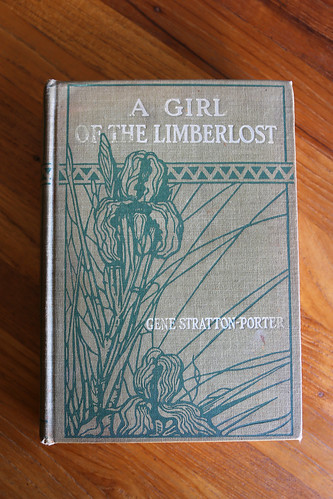
Realizing the similarities between the women, I let myself pretend I was wandering through Elnora's Limberlost, over the boggy ground where she may have patiently waited for new moths to emerge from the leafy debris or where she might have stopped to show Philip the patch of woodland violets.
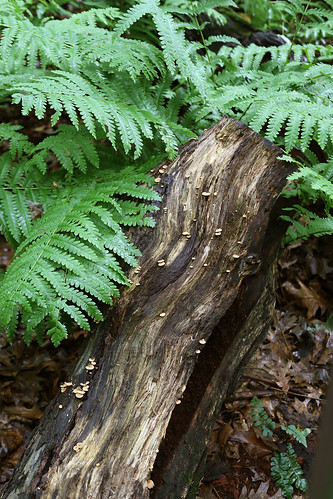
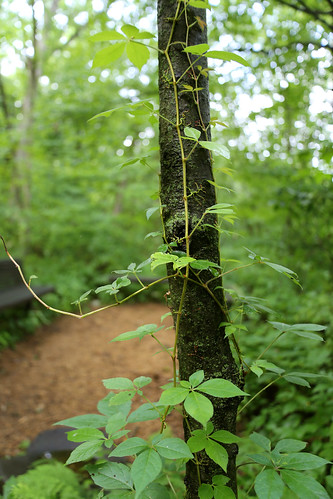
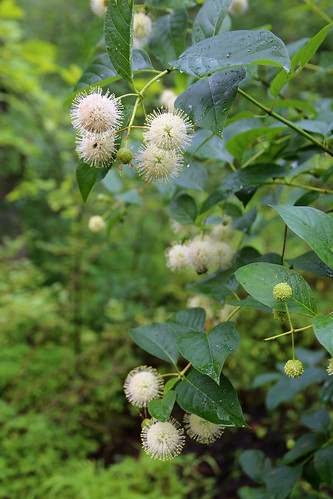
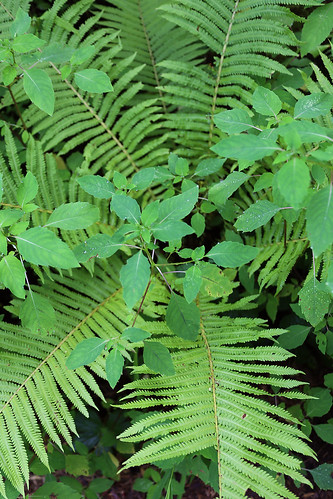
Curious about if the Limberlost actually existed I looked it up. And apparently it did - a 13,000 acre, richly-biodiverse wetland in Indiana. Unfortunately it did not survive, but was drained for agricultural purposes in the early 20th century. That sad fact makes one happy that at least this piece of native ground was preserved for its "Limberlost Lady".
I loved walking over the boardwalks throughout the forest and appreciated the construction detail where 3 curving paths met.
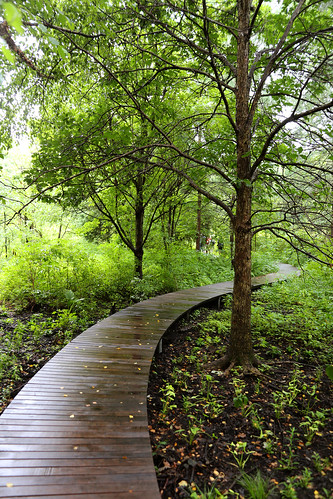
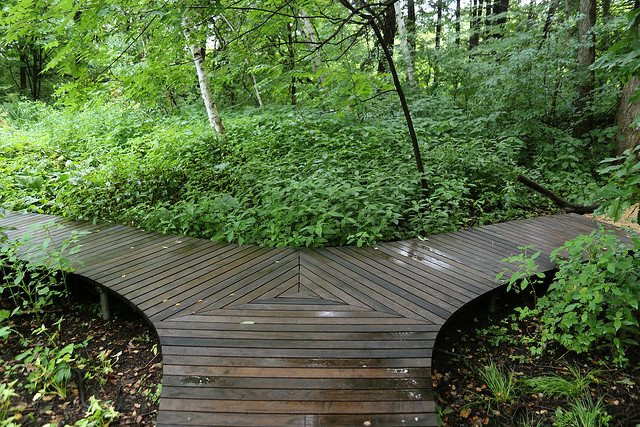
Coming out of the forest we wandered through the meadow where most of the blooming plants were located. I don't know the plants of this area very well and can only give general names - I'm thinking these are Rudbeckia, Monarda, Eupatorium, Veronica (?), and Silphium. Correct me if I'm wrong or you have more info to add.
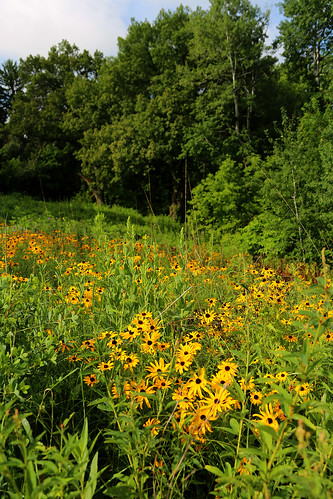
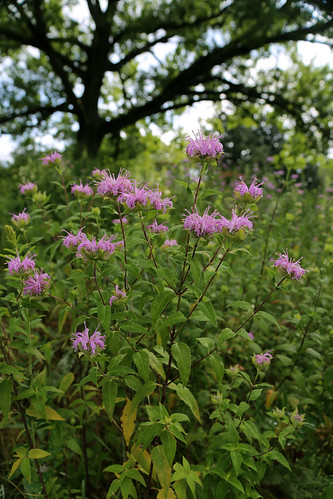
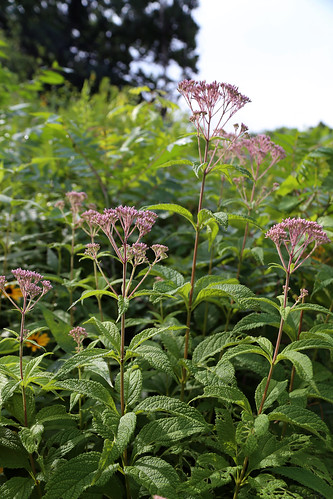
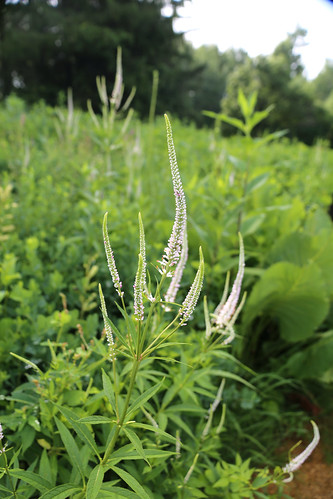
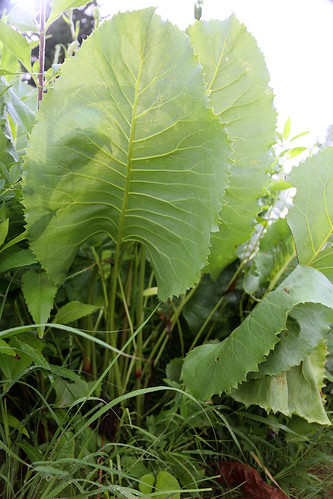
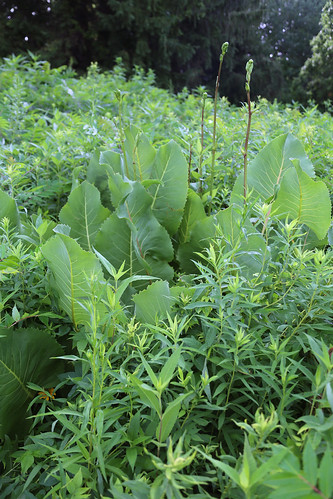
The plants in the meadow, which were up to our shoulders at least, had all grown up since April, when they burned the meadow. That's a lot of growth! But I suppose it's to be expected when you have that much water in your state. The Eloise Butler Garden is a lovely place for a quiet, peaceful walk. Just make sure and wear bug spray so you don't have itchy mosquito bites the rest of your visit like I did!

What a great post, Kelly. I loved taking that walk with you. The white spiky plant is Veronicastrum, culver's root. And the plant with the big, docky-looking leaves *might* be wild quinine (Parthenium). I'm just getting acquainted with that one myself.
ReplyDeleteThanks Helen! I'm sure they are all plants that would resent our dry summers out here of course...
DeleteIt's good for me to see this garden through your eyes, Kelly, as it didn't touch me during my visit. Perhaps because I was at the back of the slow group and couldn't hear the tour leader, but I felt claustrophobic, trapped by the narrow paths and tall, meadowy plants. Seeing your pics and reading your thoughts gives me new appreciation for it.
ReplyDeleteI often felt the same way and purposefully hung back from the group. It would be a fun place to wander on one's own. I didn't hear much of what the tour leader said but got to enjoy the peacefulness.
DeleteLove the pictures Kelly!
ReplyDeleteThanks Justin! Tried reading your blog and I failed miserably. ;-)
DeleteWow! I fell in love with Eloise Butler Wildflower Garden and Bird Sanctuary. The photos are very relaxing in the eyes. I love it and I love green. Thanks for sharing. I enjoyed reading your post. Awesome!
ReplyDeleteThis comment has been removed by a blog administrator.
ReplyDeleteHello! Thank you for your great material. It's really amazing and photos look so unreal) You're pretty talented photographer :D But if you reckon you ought to check Essay shark reviews for professional help with your writings - feel free to ask at any convenient time.
ReplyDeleteThis comment has been removed by a blog administrator.
ReplyDeleteThanks for sharing. My wife (who is NOT a gardener) always thought the Limberlost story was from Oregon or Washington state since she describes everything in such lush detail. What a surprise to find it elsewhere. It is one of my wife's favorite books. I'm putting it on my MUST READ list immediately! David
ReplyDelete